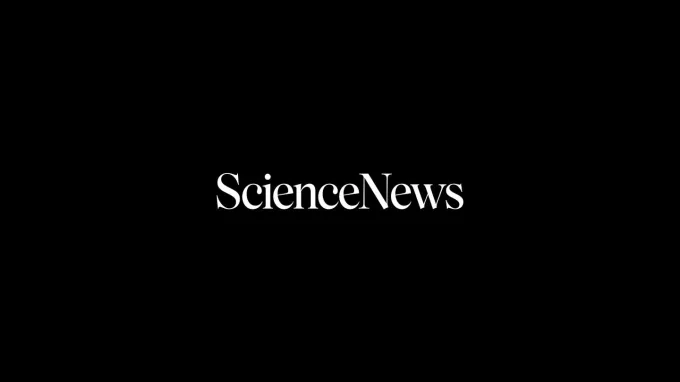Science News Magazine: Current Issue
Vol. 171 No. #2
Trustworthy journalism comes at a price.
Scientists and journalists share a core belief in questioning, observing and verifying to reach the truth. Science News reports on crucial research and discovery across science disciplines. We need your financial support to make it happen – every contribution makes a difference.
More Stories from the January 13, 2007 issue
-
 Earth
EarthYes, it’s asbestos
Federal mineralogists have corroborated earlier evidence that Sierra-foothills communities around Sacramento, Calif., are built atop soils naturally laced with asbestos.
By Janet Raloff -
 Tech
TechA backpack with a suspension system
A new backpack design that uses elastic cords to minimize the pack's vertical motion could lessen bodily strain on wearers and reduce the effort required to carry a load.
By Ben Harder -
 Health & Medicine
Health & MedicineGood news for people with clotting disorder
Several experimental drugs show promise against the bleeding disorder known as immune thrombocytopenic purpura.
By Nathan Seppa -
 Health & Medicine
Health & MedicinePutting the kibosh on black cohosh
The herbal supplement black cohosh is no more effective than a placebo in reducing the number of daily hot flashes in menopausal women.
By Nathan Seppa -

Stem cells float in amniotic fluid
Scientists have discovered a new type of stem cell in the fluid that bathes fetuses in the womb.
-
 Agriculture
AgricultureBig footprints
Livestock production carries surprisingly high, and largely hidden, environmental costs.
By Janet Raloff -
 Humans
HumansCongress upgrades fisheries protection
Congress has reauthorized and strengthened a 30-year-old federal law governing fishing and ocean management.
By Janet Raloff -

Genes discovered for sensing carbon dioxide
Researchers have tracked down a pair of genes that, together, seem responsible for some insects' ability to sense carbon dioxide.
-
 Health & Medicine
Health & MedicineFolic Acid Dilemma: One vitamin may impair cognition if another is lacking
The nutrient folic acid is generally good for brain health, but research now suggests that too much of it might harm people who get too little vitamin B12.
By Ben Harder -
 Astronomy
AstronomyFleet Finding: Speed of Milky Way’s companions poses puzzle
New measurements of the speed of two familiar companion galaxies to the Milky Way suggest some unfamiliar possibilities.
By Ron Cowen -
 Ecosystems
EcosystemsAlien Alert: Shrimpy invader raises big concerns
A shrimplike European invader just discovered in the Great Lakes could prove ecologically disruptive to populations of native lake animals.
By Janet Raloff -
 Health & Medicine
Health & MedicineNo Fluke: New weapon against tropical parasite
An experimental drug shows potential against schistosomiasis.
By Nathan Seppa -
 Plants
PlantsBiggest Bloom: Superflower changes branch on family tree
The plants with the world's largest flowers, the rafflesias, need to be moved closer to poinsettias on the family tree of plant life.
By Susan Milius -
 Materials Science
Materials ScienceElectrode Enhancements: New materials may boost fuel cell performance
Two teams have independently discovered ways to dramatically improve the materials used in the electrodes of fuel cells.
By Sid Perkins -
 Chemistry
ChemistrySwitch Hitters: Antibacterial compounds target new mechanism to kill microbes
Recently discovered ribonucleic acid segments, called riboswitches, may become prime targets for new antibacterial drugs.
-
 Physics
PhysicsCellular Contortionist
Mounting, but controversial, evidence suggests that DNA flexes more easily than previously thought, with potentially important implications for genetics, cell biology, and nanotechnology.
By Peter Weiss -
 Computing
ComputingDigital Fingerprints
New methods to identify Internet users by their behavior can uncover criminals online, but these techniques may also track millions of innocent users.
-
 Humans
HumansLetters from the January 13, 2007, issue of Science News
Sunny exposition “The Antibiotic Vitamin” (SN: 11/11/06, p. 312) reminds me that in preantibiotic days, tuberculosis patients were put on a fresh-air-and-sunshine regimen. Could the vitamin D so acquired account for the cures this system sometimes produced? Nancy AxfordSacramento, Calif. Researcher John J. Cannell points to TB sanitariums as anecdotal evidence that sunlight fights infections.—J. […]
By Science News
